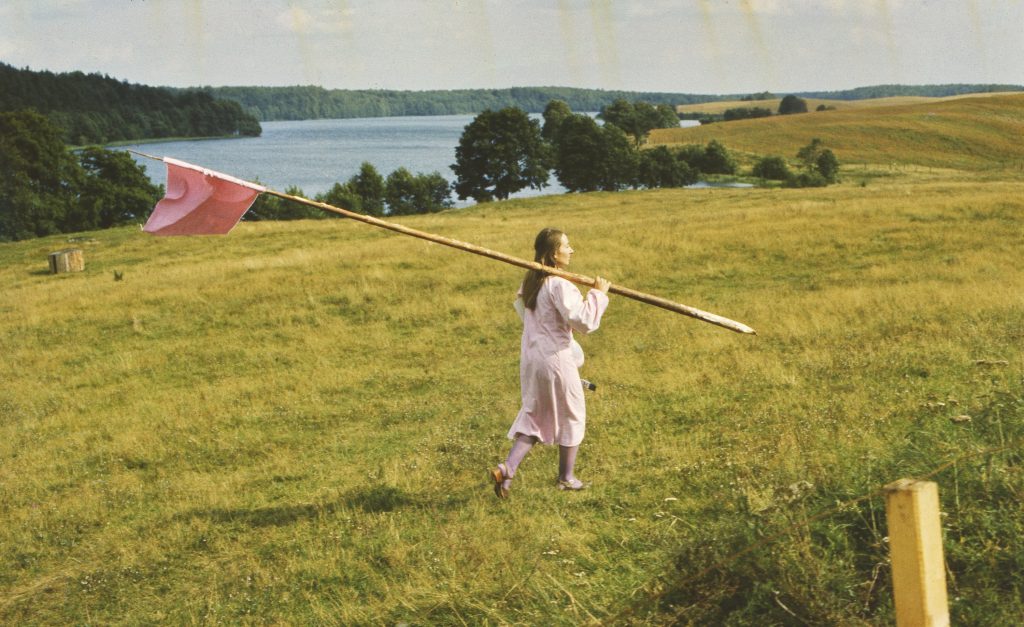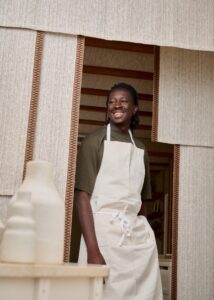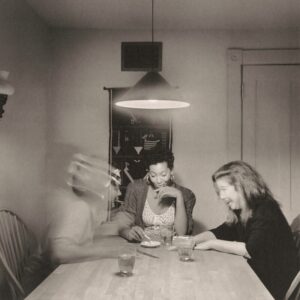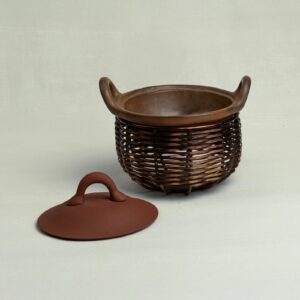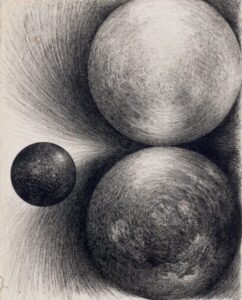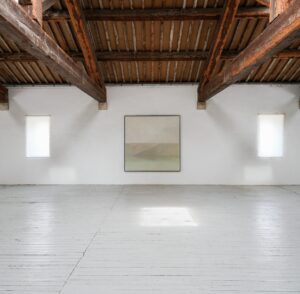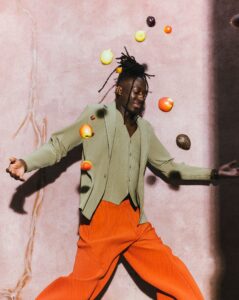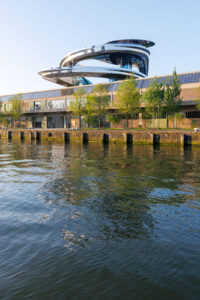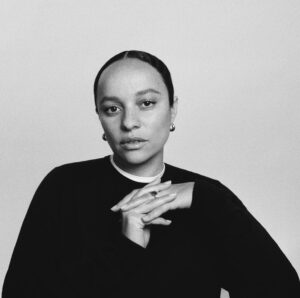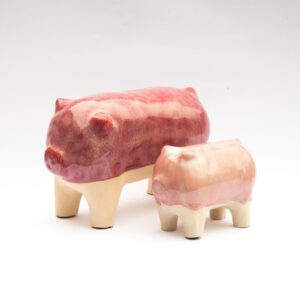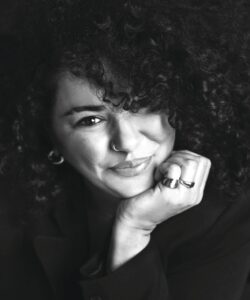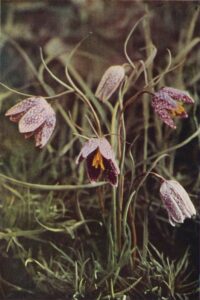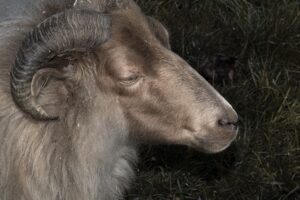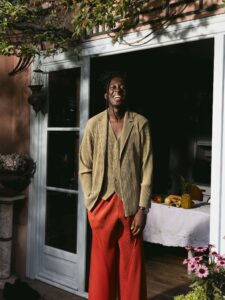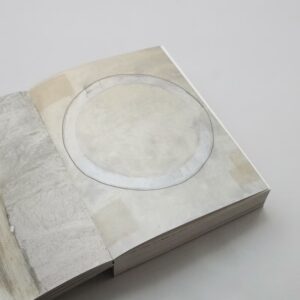Adrián Villar Rojas at Le Brassus
Through Layers of Time
Asma el Ghalbzouri travelled to Switzerland’s Vallée de Joux to experience the first co-commission by the Aspen Art Museum and Audemars Piguet Contemporary: a monumental new work by Adrián Villar Rojas – an invitation to rethink our ideas of time, and of the origins of the stories we inherit and pass on.

I still remember the first watch my parents ever gave me when I was 11. White leather, a blue case, and a round face that tapered into a square at the bottom, like a classic clock. What fascinated me most was the dial, which had a holographic effect whenever it caught the light. It made me feel instantly grown-up, as if I suddenly had somewhere to be on time; so when I lost it, I was inconsolable. I no longer had time, quite literally, in my hands.
This anecdote may sound like an unusual way to begin, but bear with me; years later I find myself standing in Switzerland’s Vallée de Joux, realising that time means something entirely different here. Not a ticking mechanism or an accessory, but a system older than ourselves. And it is precisely here, among the ancient limestone strata, that the artist Adrián Villar Rojas (1980) presents his Untitled (From the Series The Language of the Enemy), the first ever collaboration between the Aspen Art Museum and Audemars Piguet Contemporary, born from their shared fascination with, and deep affection for, the concept of time.
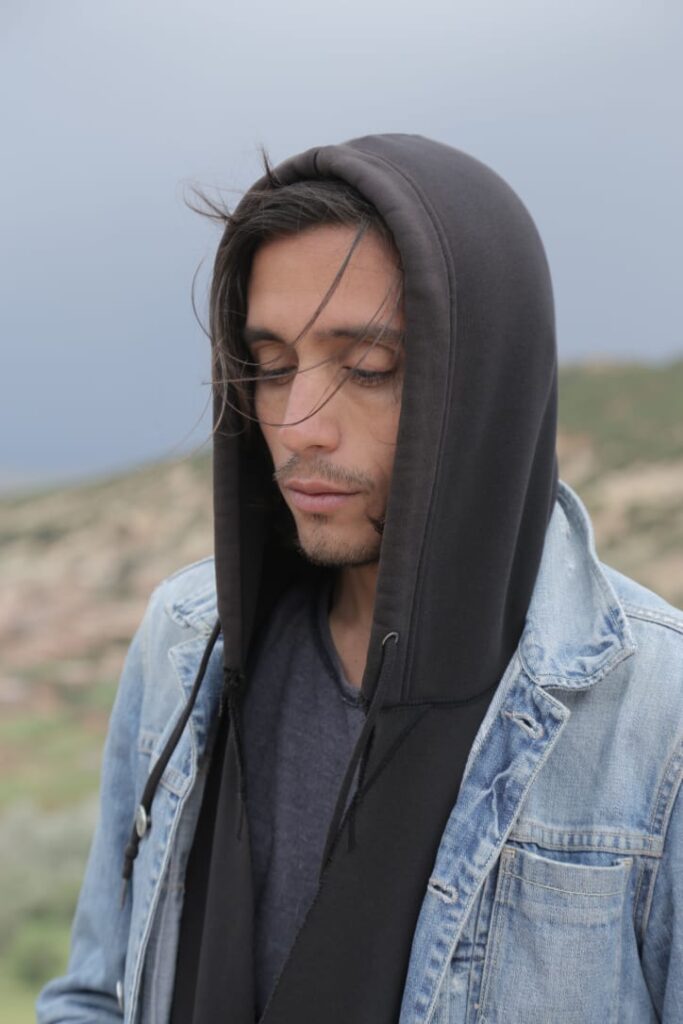
The sculpture consists of a bronze-cast triceratops skull from which the prehistoric Venus of Lespugue figure – one of the earliest representations of the female nude – appears to be emerging. It is an imposing work, his first realised entirely in bronze.
Villar Rojas’s studio, which he refers to as ‘the office’, constructed the digital model with painstaking care – one member of the team spent months making scans, day in, day out. Micro-cracks, wear, mineral texture: nothing is ornamental or incidental; everything is underpinned by data and intention. The work may resemble a fossil or artefact, but in reality it has been created through research and technology. Perhaps this is a new definition of a fossil? All these paradoxes disorient me, yet I welcome them.
The choice of the Vallée de Joux in the Jura Mountains is not a romantic gesture. It is strategic and precise. This landscape, dating from roughly 205 to 135 million years ago, is marked by limestone formations and fossils from the Jurassic period from which it takes its name, and has been crucial to early palaeontological research. With all these layers of time embedded in its rock, it is also home to Audemars Piguet – a place where, in the nineteenth century, farmers began making watch components during long winters while snow covered the world outside.
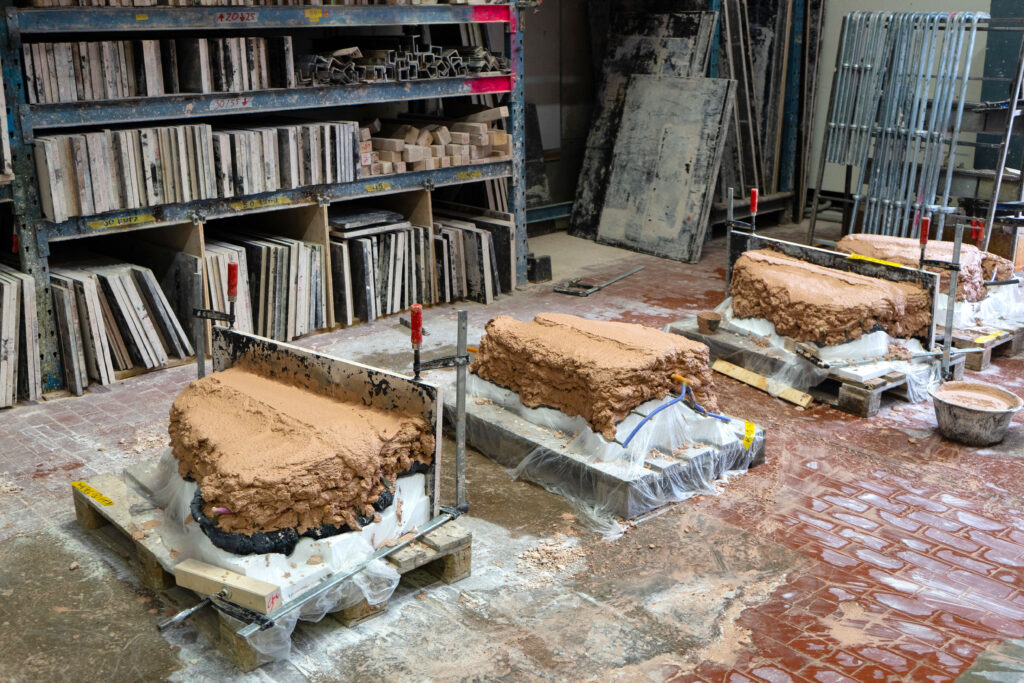
Alongside time, there is another crucial element in Villar Rojas’s work: language. ‘The language I work in is never neutral,’ the artist explains. ‘It carries conflicts, conquests and acts of erasure within it. I cannot tell a story about origins without taking the history of the language itself into account.’ The artist speaks Spanish, a legacy of colonisation – ‘the language of the enemy,’ he says, ‘the one that once named and conquered the land where I was born.’ It is this idea to which he alludes in the title of his work.
This cuts deeper than his personal history alone. It resonates with my own cultural background and a feeling I have carried with me all my life. In North Africa, where Amazigh languages such as Tarifit and Tamazight were the primary tongues for centuries, political processes have shaped linguistic structures across generations. Arabisation is not only a linguistic fact but a cultural shift that influences how history is written – and by whom.

‘The language I work in is never neutral... It carries conflicts, conquests and acts of erasure within it. I cannot tell a story about origins without taking the history of the language itself into account.’
This project by Villar Rojas makes those parallels visible. Not out of any overt activism, but to convey that this is not a neutral field. That the use of different languages can lead you towards your dreams and destination, while at the same time erecting barriers. It is something always shaped by power and access.
Anyone familiar with Villar Rojas’s work knows that he does not create objects to be collected, but to be questioned. The work functions as an instrument – in this case challenging and confronting time itself. It invites us to explore possible histories rather than reaffirm established narratives. His sculpture is therefore not a reconstruction, but a proposition: a vision of how early humans might have derived meaning from fossil remains. In the setting of the Vallée de Joux, that idea is only amplified – the landscape becomes a conversation partner in Villar Rojas’s research.
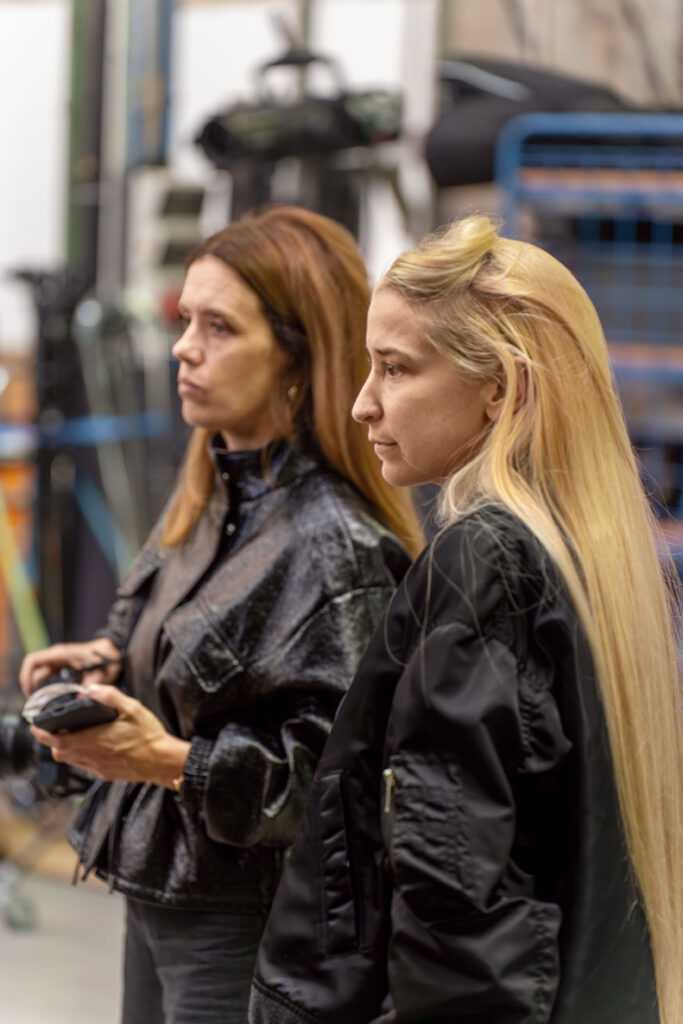
Claude Adjil, curator at large at the Aspen Art Museum, who has known the artist since her time at the Serpentine Gallery, speaks about this commission: ‘Adrián does not create sculptures to fix a truth, but to make new ways of looking possible. His work functions as a hypothesis, not an endpoint.’ In the same way, the Vallée de Joux is not the destination but the point of departure, for in April the work will travel on to the Aspen Art Museum in the United States, where, from summer 2026 onwards, it will be shown in a major exhibition alongside other new site-specific works by Villar Rojas.
Audrey Teichmann, curator at Audemars Piguet Contemporary, focuses on the process. For her, this co-commission is a way of supporting artists without steering them in a particular direction, she explains during the dinner. She fills the room with her passion and broad smile. It feels like a full-circle moment – to see a love of craft and art merge in this way. For me too, and for the watch from my childhood. I lost it, just as everything will one day disappear. But what it gave me, the idea of continual change, has stayed with me: an awareness of time, of attention, of what we know – correction: of what we think we know.
Keep an eye on the Aspen Art Museum for the 2026 summer exhibition featuring the work of Adrián Villar Rojas
